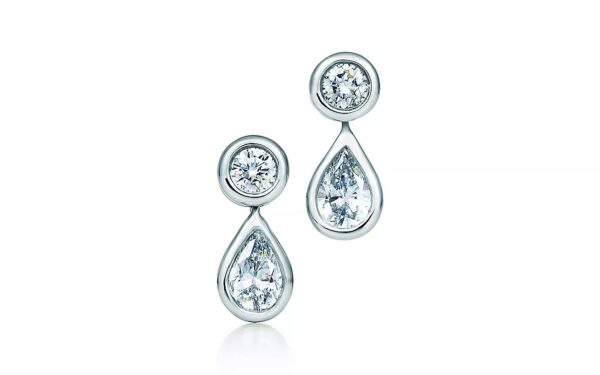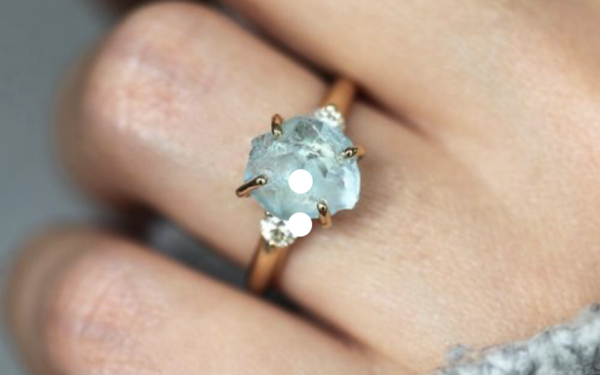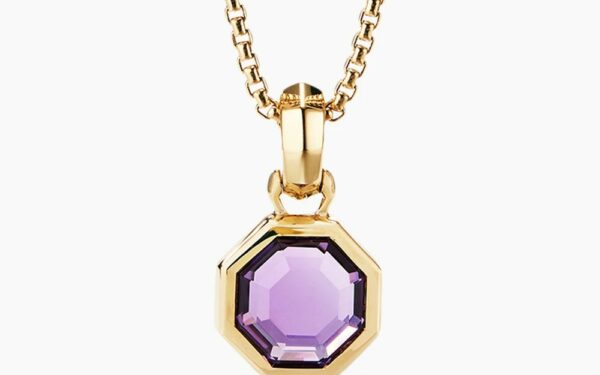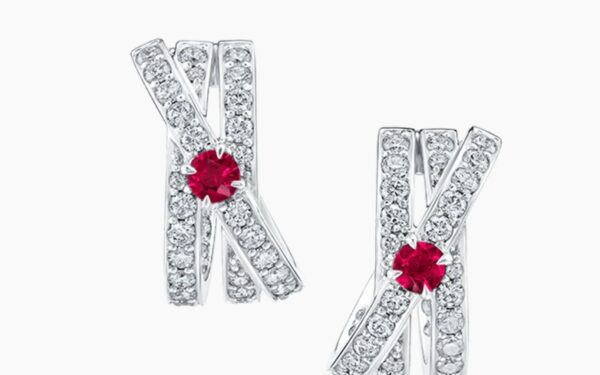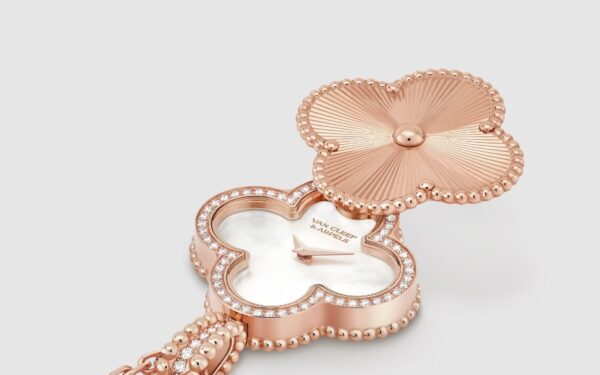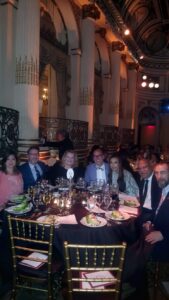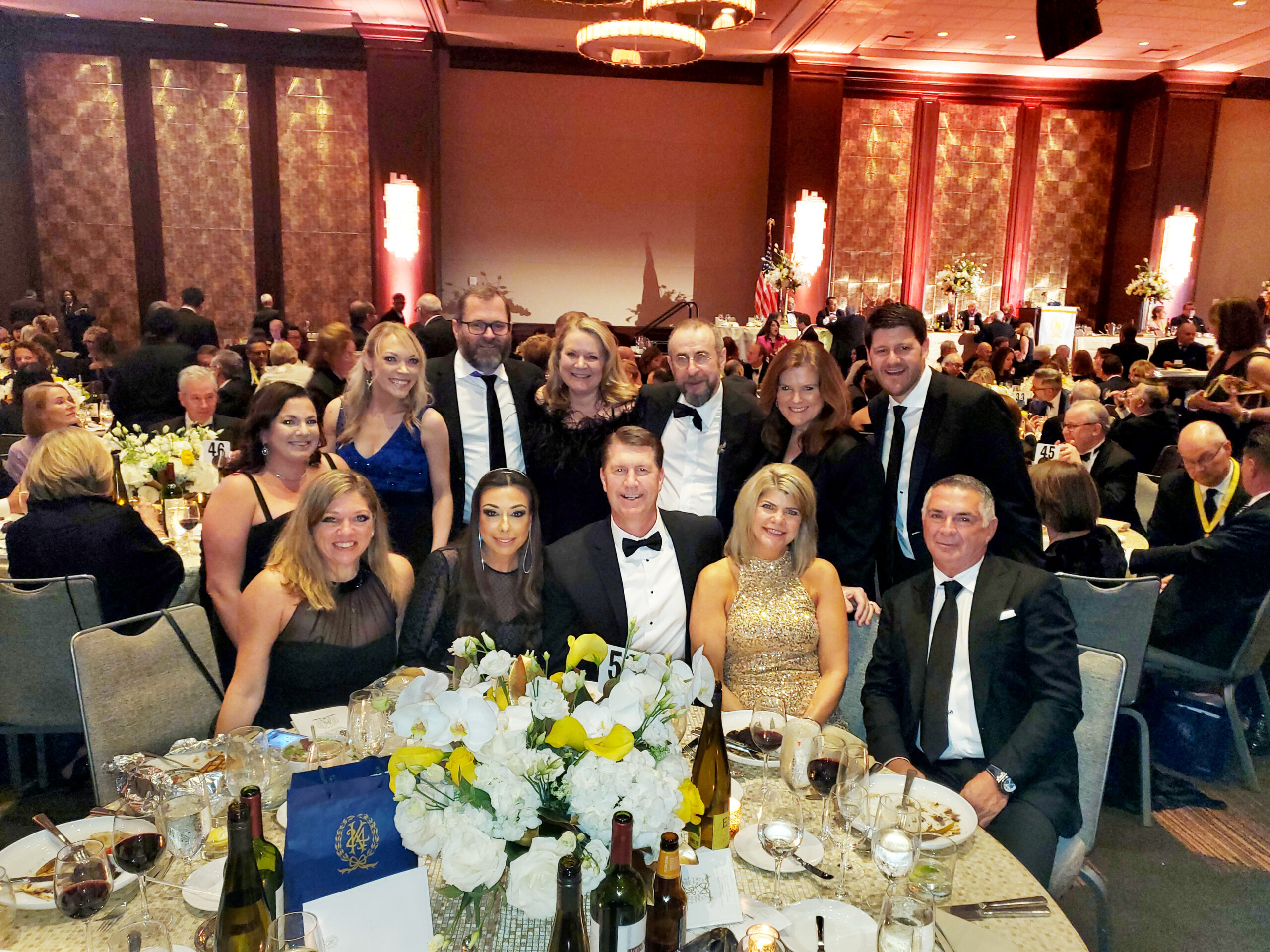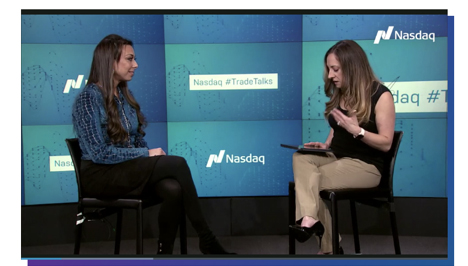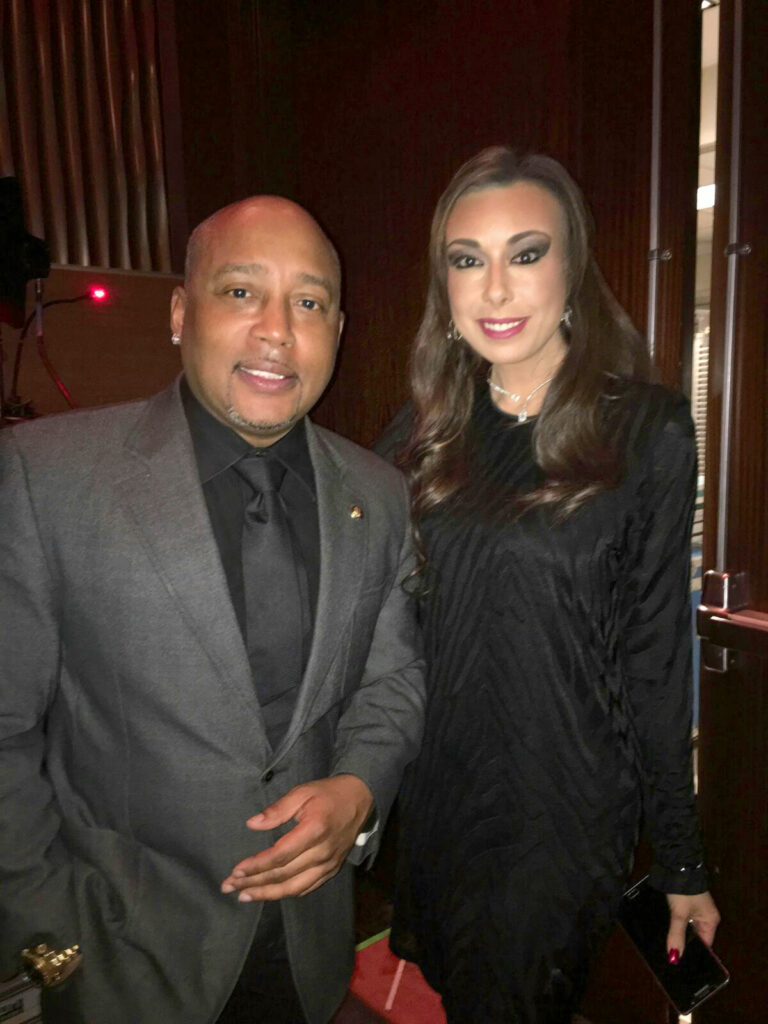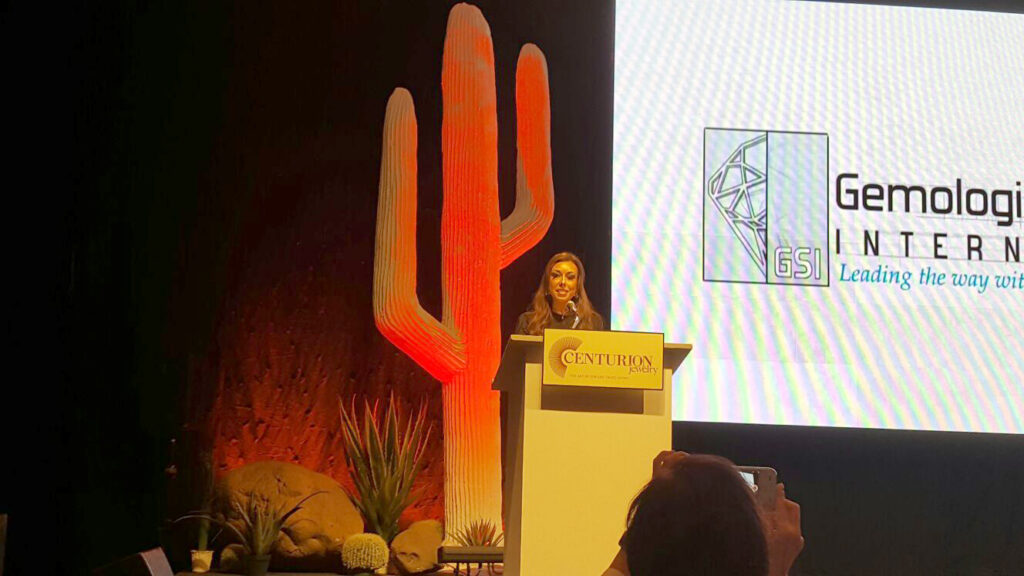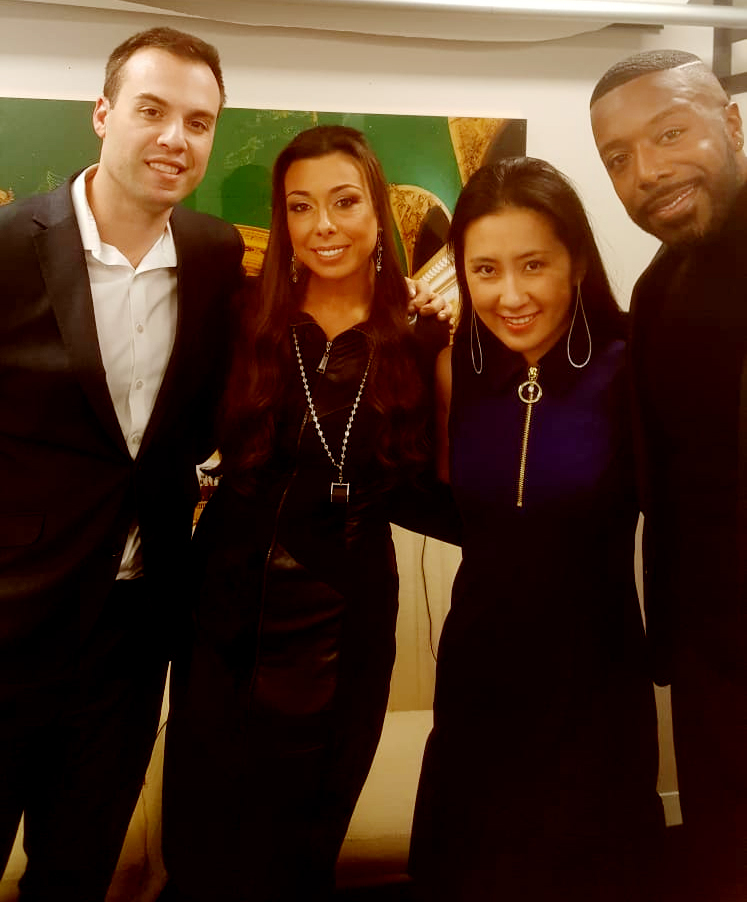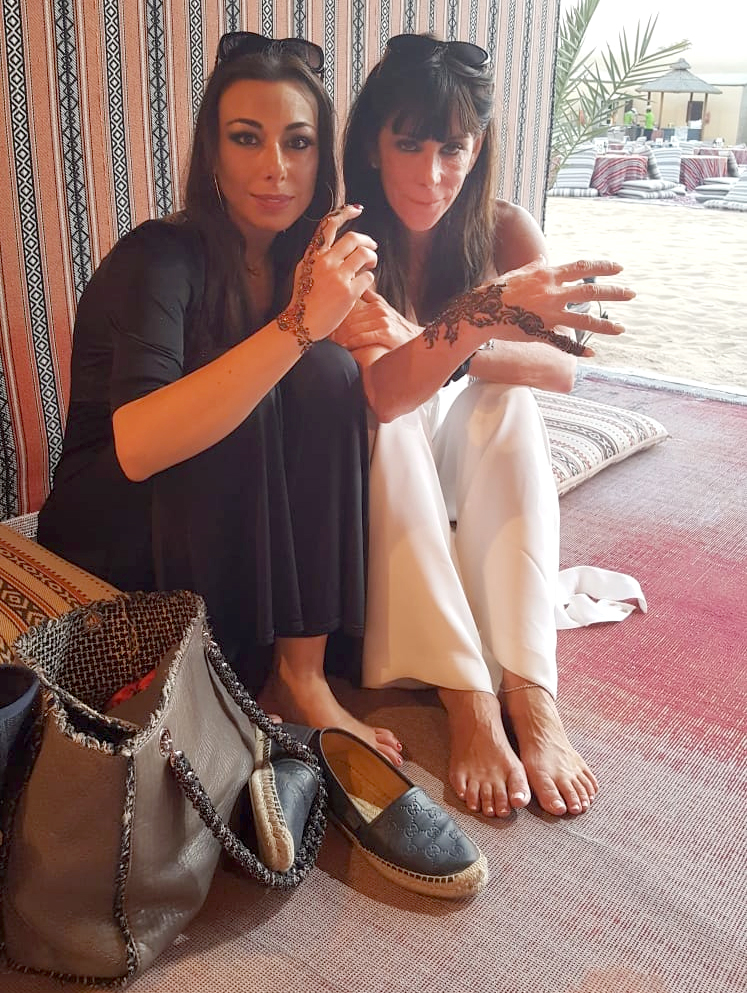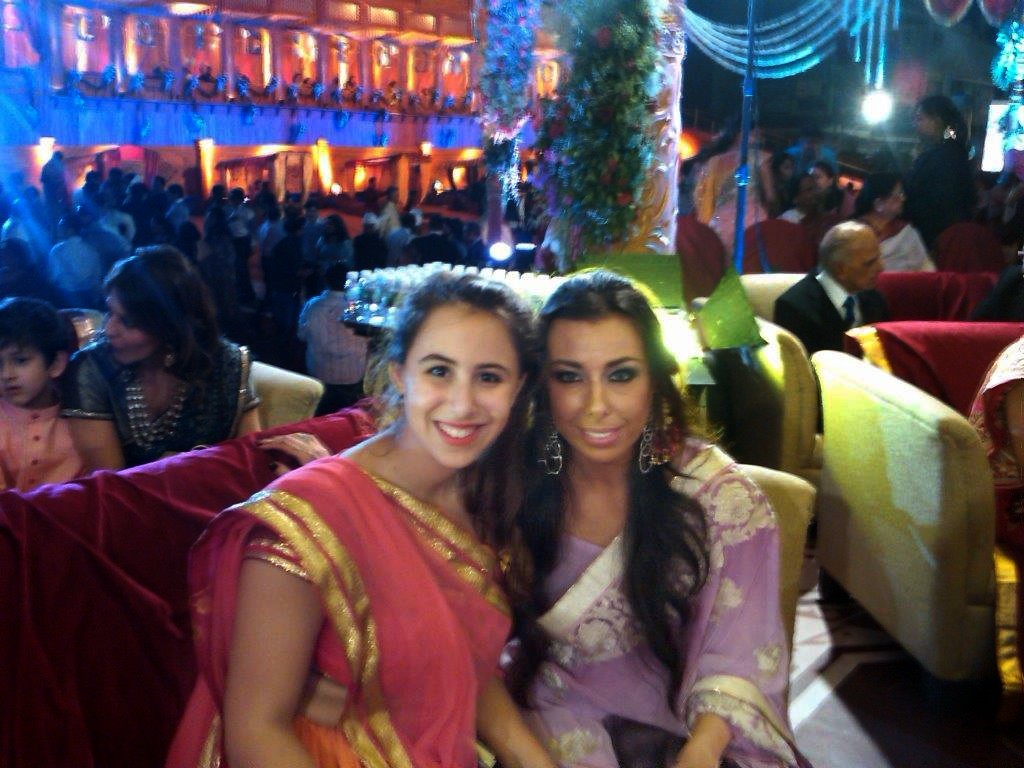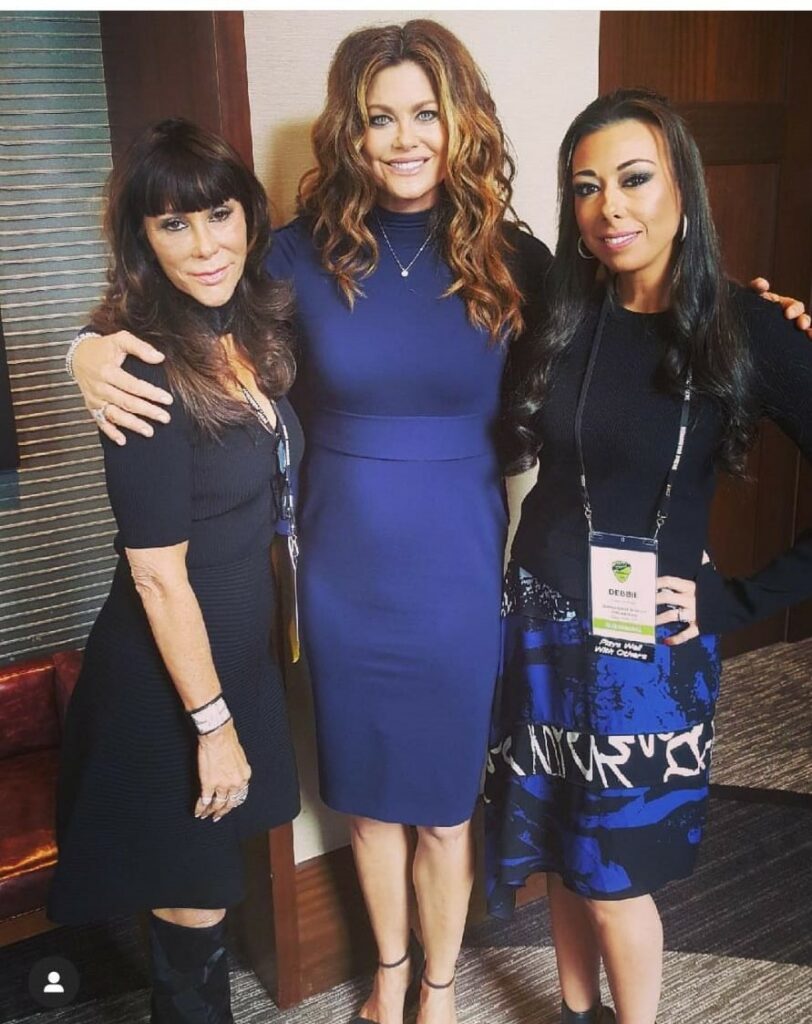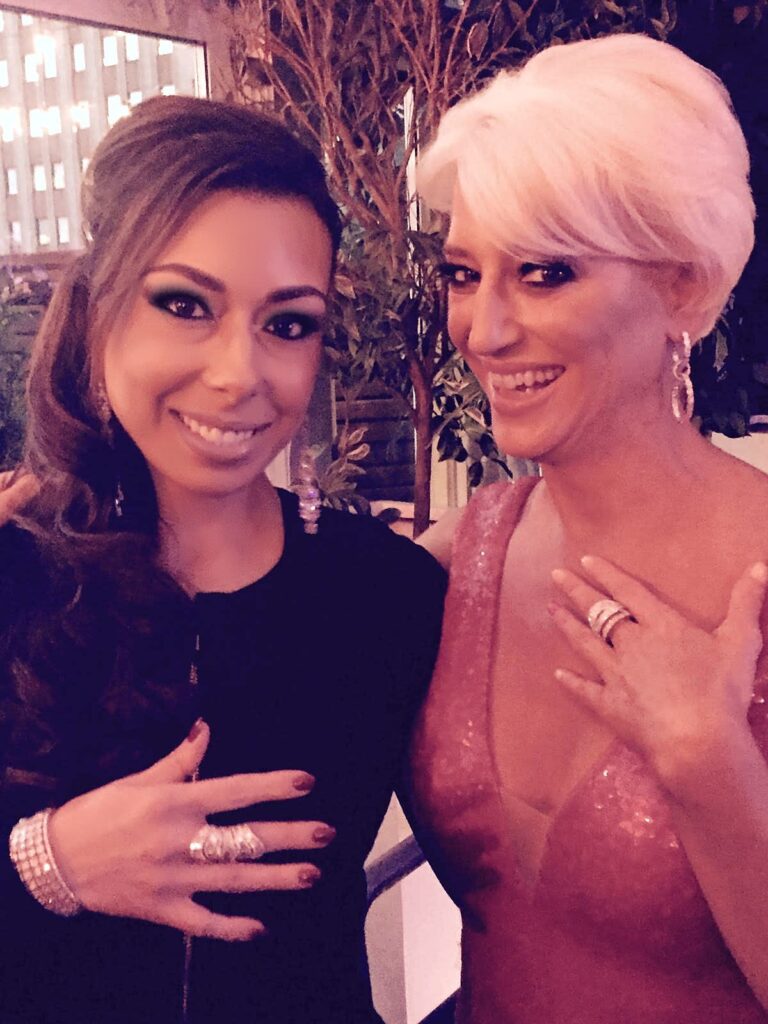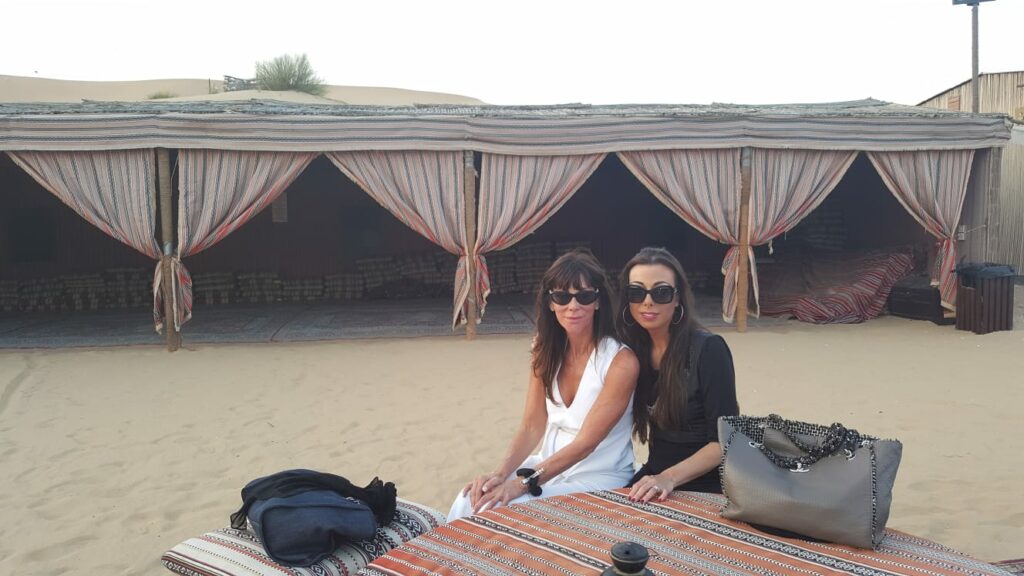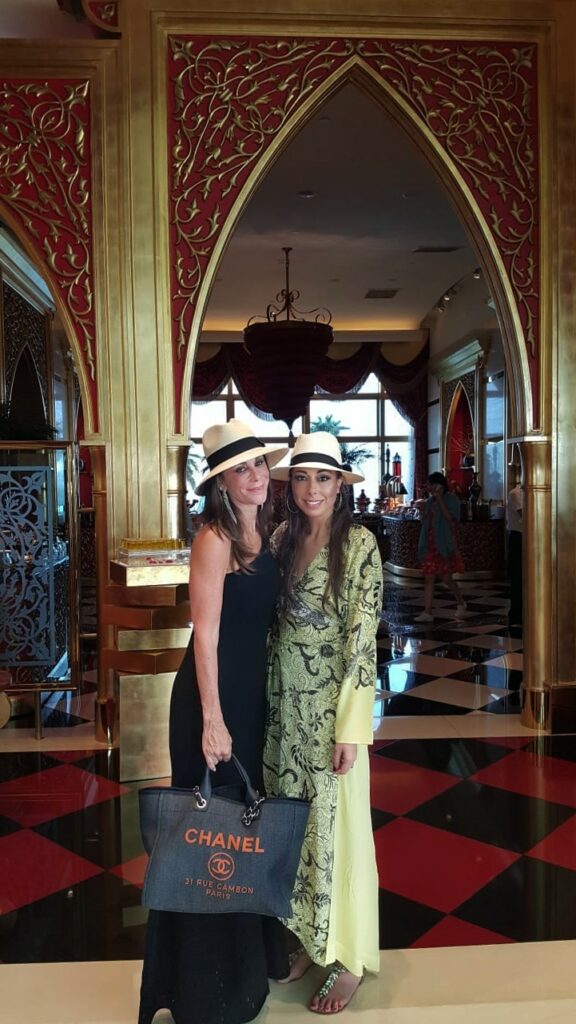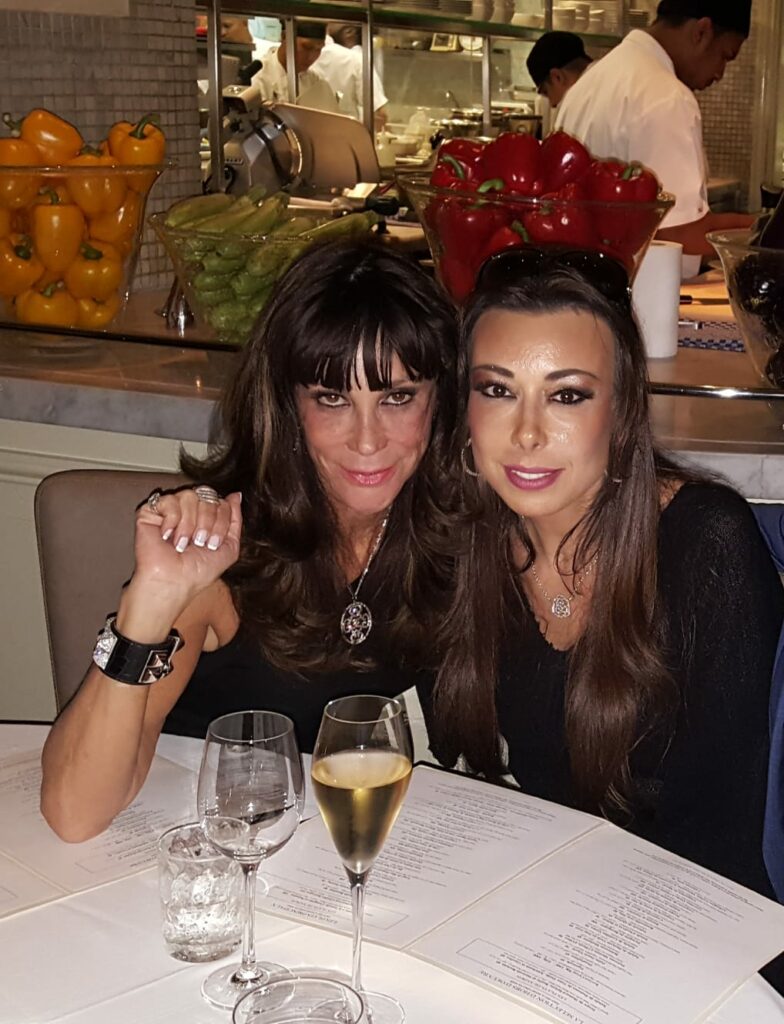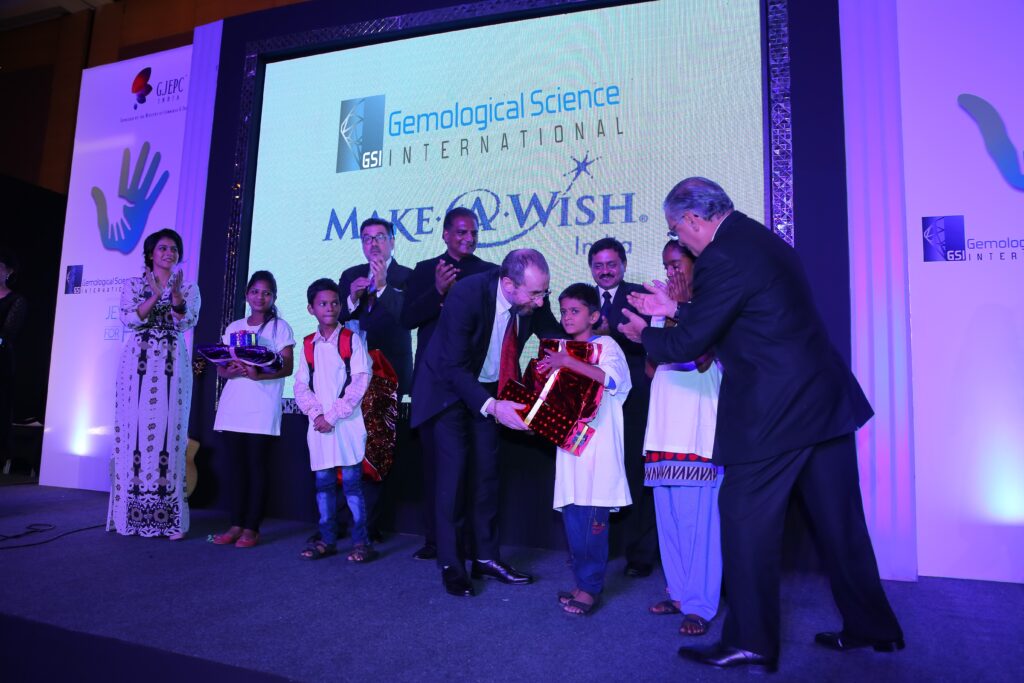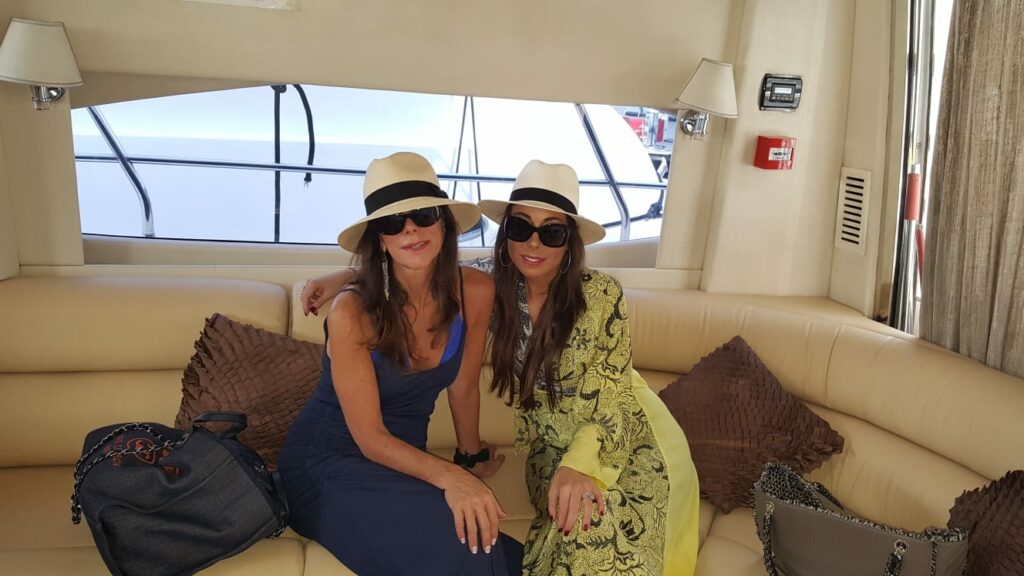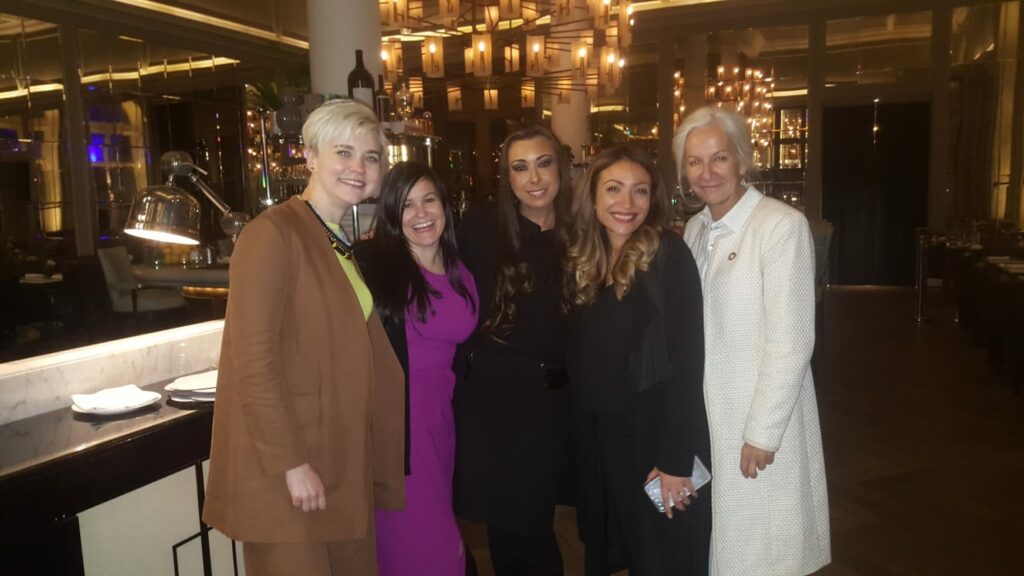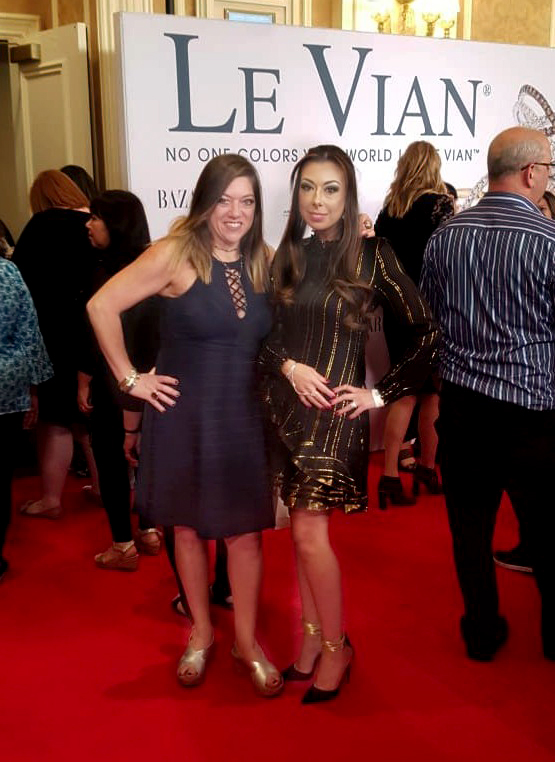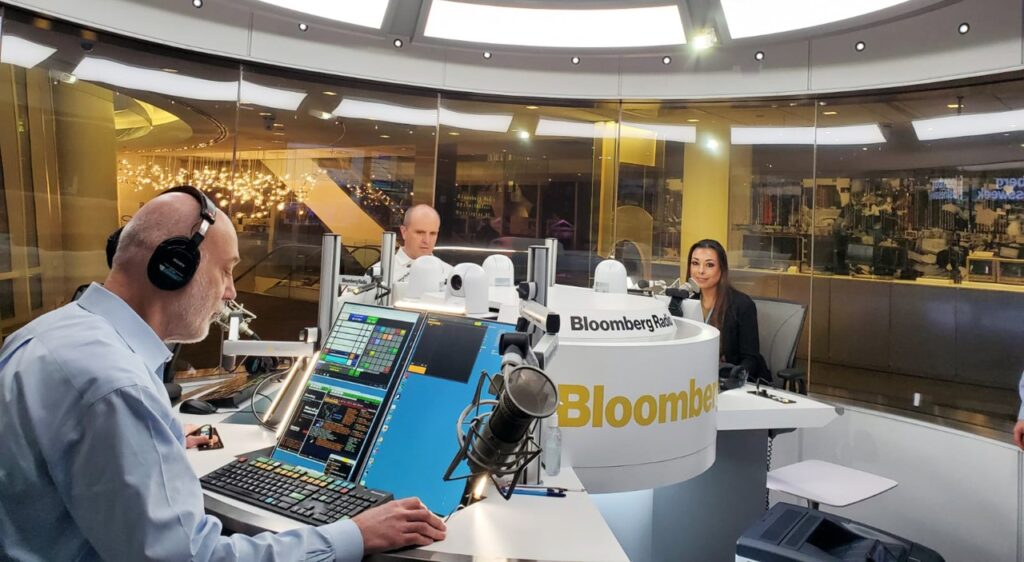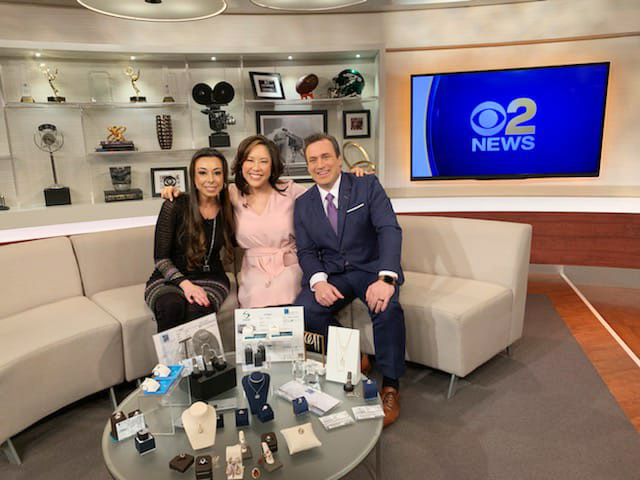Famous Diamonds: The Dresden Green
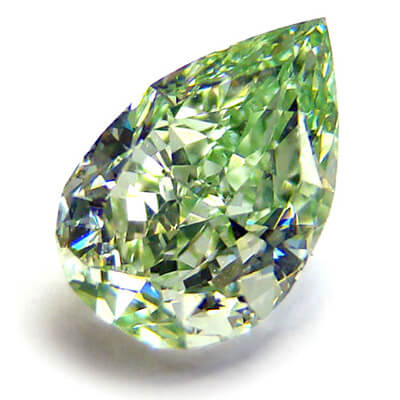
India has given the world some of the largest and most beautiful diamonds, and the Dresden Green is one of them. While the world was first introduced to the gem in the 18th century, the stone itself is millions of years old and went through a unique process that gave it its deep green color.

Origin of the Dresden Green Diamond
Experts trace the origin of the Dresden Green to South India’s Kollur Mines. The stone was cut in India’s most popular diamond cutting area of Ahmedabad.
Many natural stones that give off a green luminance lose it once they’re cut, adopting a light yellow or whiteish color instead. However, the Dresden Green diamond managed to maintain its unique emerald color even after it was cut and shaped. This indicates that the stone once encountered radioactive alpha and gamma rays that turned all of its layers deep green.
The Dresden Green is the largest natural green diamond, and its color is referred to as a “fancy green.” It was cut into an irregular pear shape with 58 facets and weighed 40.70 carats. Its clarity has been graded as VS-1, barely falling short of the IF grade. This means that with minimal recutting the Dresden Green could achieve the internally flawless (IF) clarity grade.

Journey of the Dresden Green
In 1722, an English merchant called Marcus Moses bought the diamond and presented it to King George I. The king was very impressed and thought it was one of the best diamonds brought from India. The green color mesmerized other members of the royal family who couldn’t believe how deep and flawless it was. Marcus valued the diamond at £10,000, the modern-day equivalent of over $2,600,000.
Despite being impressed, King George I did not purchase the green diamond. In 1726, Marcus presented the gem to Duke Frederick Augustus I, then the Polish Ambassador to London. The diamond had increased in value, so Marcus set its price at £30,000, an equivalent of over $7,900,000 today.
Duke Frederick, a famed jewel collector, did not purchase the diamond, either. Finally, Marcus sold the gem in 1741 to a Dutch merchant called Delles, who then sold it to Frederick Augustus II, the King of Poland and elector of Saxony. Augustus II paid 400,000 thaler for the green diamond, the modern-day equivalent of over $248 million. So steep was the price he paid for it that the king could not purchase heavy artillery for his army during the siege of Brünn.
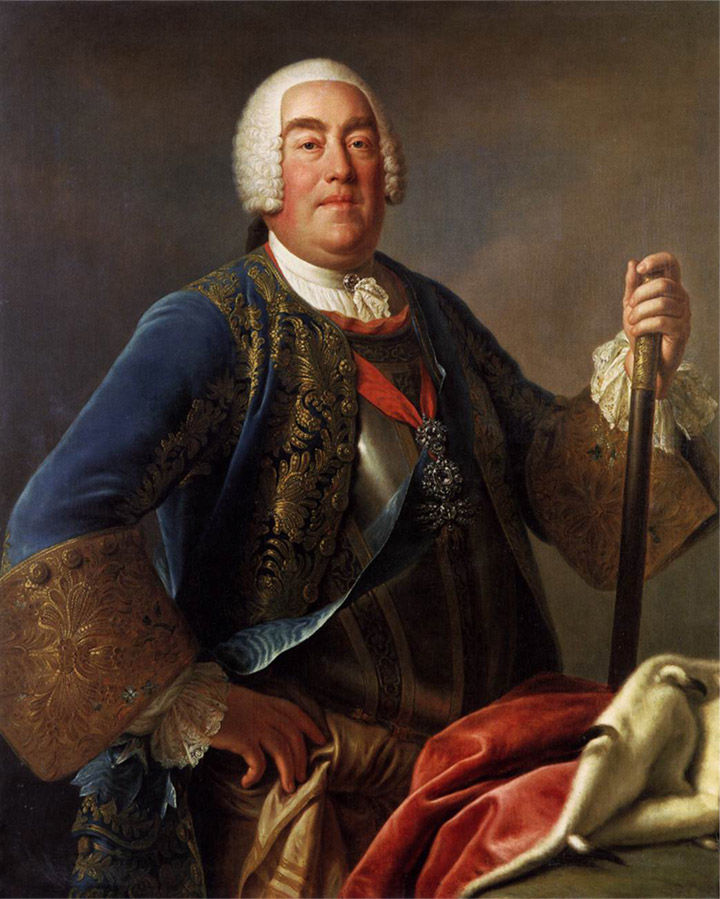
The green diamond adopted the name of Saxony’s capital city and became known as the Dresden Green. In 1942, Augustus II commissioned the court jeweler to set the green diamond in the Golden Fleece.
Four years later, a new Golden Fleece was made by a goldsmith from Vienna called Pallard, featuring the Dresden Green below the slightly larger Dresden White.
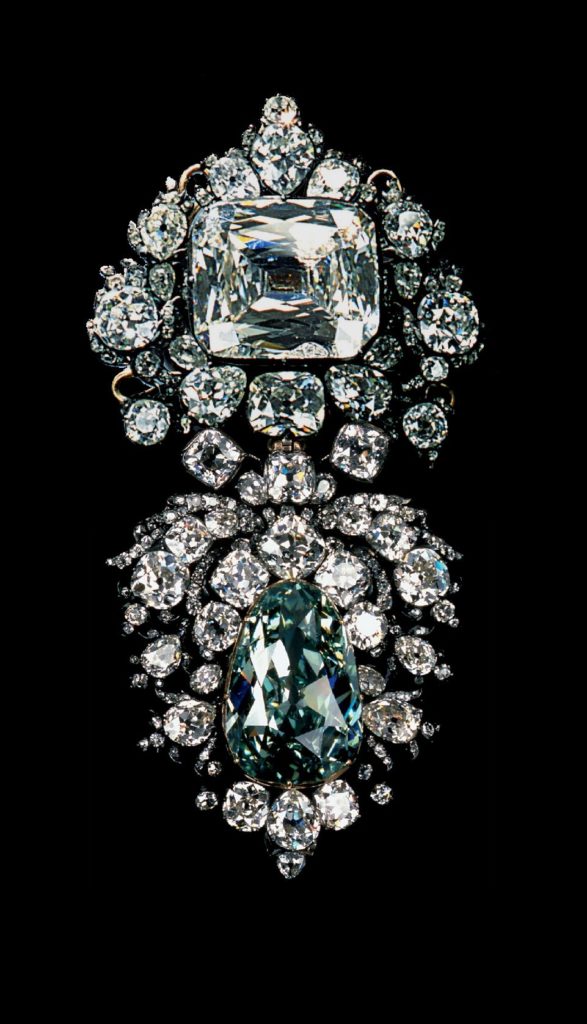
During the Seven Years War, the Pallard Golden Fleece was among the jewelry pieces fortressed at Konigstein and was broken up after the war. The Dresden Green found its way to the hands of Franz Michael Diespach in 1768, who set it on a hat clasp.
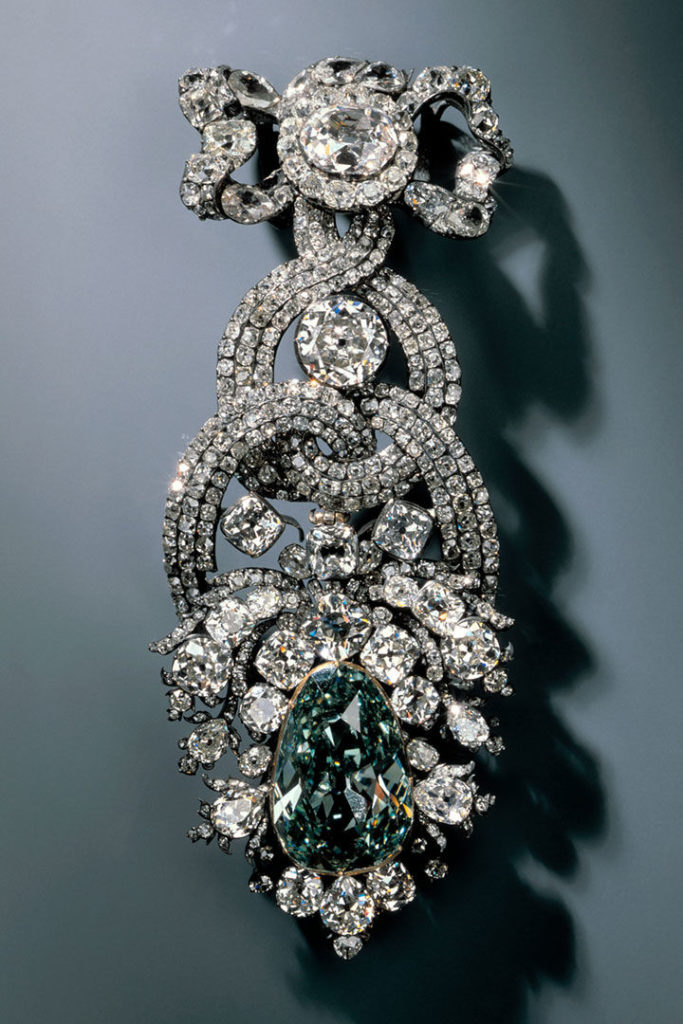
The Dresden Green Diamond Today
The green diamond survived in its clasp ornament from the 18th century and was displayed in Saxony for over 200 years. During World War II, the Soviets took the diamond and other German Crown Jewels to Moscow before eventually returning them in 1958.
The Dresden Green was displayed at the Harry Winston Gallery of the Smithsonian Institution from October 2000 to January 2001. It has been back to Dresden since then, permanently displayed as part of the “New Green Vault” collection at the Albertinium Museum.
Diamonds carry a lot of history. Read more stories about the most famous diamonds of all time.
Famous Diamonds: The Koh-I-Noor
Famous Diamonds: The Tiffany Yellow Diamond
Famous Diamonds: The Golden Jubilee
Famous Diamonds: Cullinan I & II
Famous Diamonds: The Incomparable Diamond
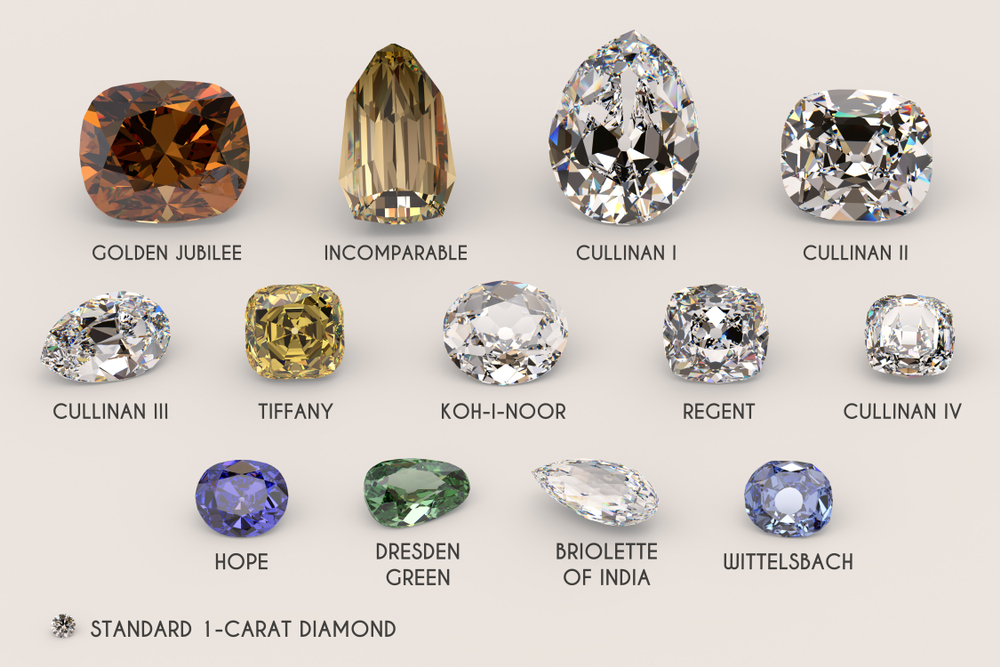
About The Author
Debbie Azar is the Co-Founder and President of Gemological Science International (GSI), one of the largest gemological organizations in the world, and a distinguished leader in the global diamond and jewelry industry. As an executive with extensive knowledge of the jewelry and gem lab industries, her entrepreneurial skills and vision have helped GSI achieve rapid and continuous growth worldwide, establishing 13 leading-edge gemological facilities on four continents. She currently serves on the boards of the Jewelers Vigilance Committee, Responsible Jewellery Council, and Jewelers for Children, and is a member of the 24 Karat Club of New York. She has been featured in Forbes, Daily Mail, Good Morning America, Bloomberg, Bloomberg Businessweek, Fox Business, Fox5, CBS2, BOLDTV, Varney&Co, The Street, and NASDAQ, among others.
